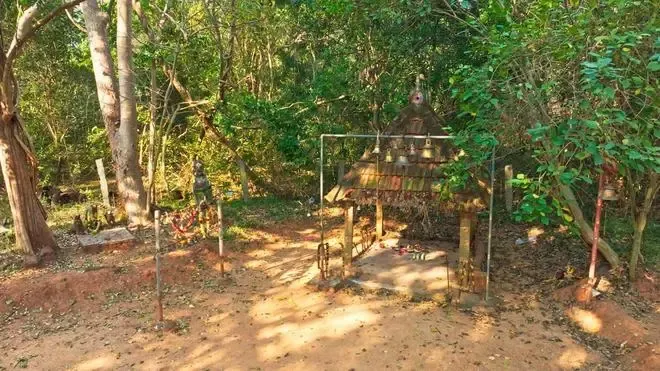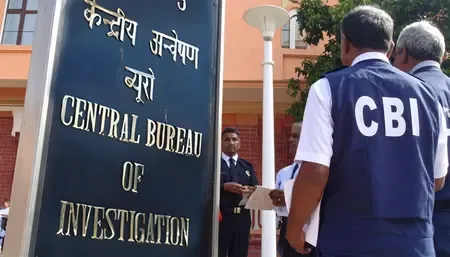Tamil Nadu Government Recognizes Kasampatty Sacred Grove as Biodiversity Heritage Site

Synopsis
Key Takeaways
- Kasampatty sacred grove is now a recognized Biodiversity Heritage Site.
- It spans 4.97 hectares near the Alagarmalai Reserve Forest.
- The site is home to a diverse range of flora and fauna.
- Local communities have a deep cultural connection to the grove.
- This marks the second BHS in Tamil Nadu, following Arittapatti.
Chennai, March 27 (NationPress) The government of Tamil Nadu has officially recognized the Kasampatty (Veera Kovil) sacred grove in the Dindigul district as a Biodiversity Heritage Site (BHS), marking it as the second site of its kind in the state, following Arittapatti in Madurai.
The announcement was made by the Forest Department on Thursday, with the notification published in the Tamil Nadu Government Gazette in accordance with the Biological Diversity Act, 2002.
Situated close to the Alagarmalai Reserve Forest, the Kasampatty sacred grove spans an area of 4.97 hectares, bordered by lush mango plantations. This ecologically vital zone serves as a crucial green corridor, aiding in environmental stability and biodiversity, while also holding local religious and cultural significance.
Biodiversity heritage sites are designated areas that are abundant in both wild and domesticated species, serving as habitats for rare and endangered flora and fauna, and recognized for their ecological and evolutionary importance.
The Veera Kovil sacred grove has been cherished by local inhabitants, who pay homage to the deity ‘Veeranan’ enshrined within the grove. Beyond its spiritual role, the grove is instrumental in regulating climate and conserving biodiversity.
As per the official press announcement, the site boasts a remarkable array of species - 48 types of plants, 22 shrubs, 21 lianas (woody vines), and 29 kinds of herbs.
It also provides sanctuary for over 12 bird species, in addition to small mammals, reptiles, and a multitude of insects, showcasing the genetic diversity of the grove.
This notification comes after a resolution by the Reddiyapatty Panchayat Council, focusing on land preservation and maintaining public access to the Veera Kovil Temple.
The declaration was made based on the recommendation of the Dindigul district collector and with collaboration from the Tamil Nadu biodiversity board as well as local authorities.
This recognition occurs more than two years after Tamil Nadu's inaugural BHS designation in November 2022, when the government acknowledged Arittapatti and Meenakshipuram villages in the Madurai district as the state's first Biodiversity Heritage Sites.
The Arittapatti BHS encompasses a total area of 193.43 hectares - 139.63 hectares in the Arittapatti village (Melur block) and 53.8 hectares in Meenakshipuram village (Madurai East taluk).
Arittapatti is both ecologically and historically significant, hosting over 250 bird species, including critical raptors such as the Laggar Falcon, Shaheen Falcon, and Bonelli’s Eagle.
The area is also home to diverse wildlife, including the Indian Pangolin, Slender Loris, and pythons.
The seven hillocks surrounding Arittapatti create a natural watershed system that replenishes 72 lakes, 200 natural springs, and three check dams.
One notable structure is the Anaikondan tank, built during the Pandiyan dynasty in the 16th century.
To protect biodiversity and preserve both cultural and architectural heritage, the Tamil Nadu government has designated Arittapatti and Kasampatty as Biodiversity Heritage Sites under Section 37 of the Biological Diversity Act, 2002.









